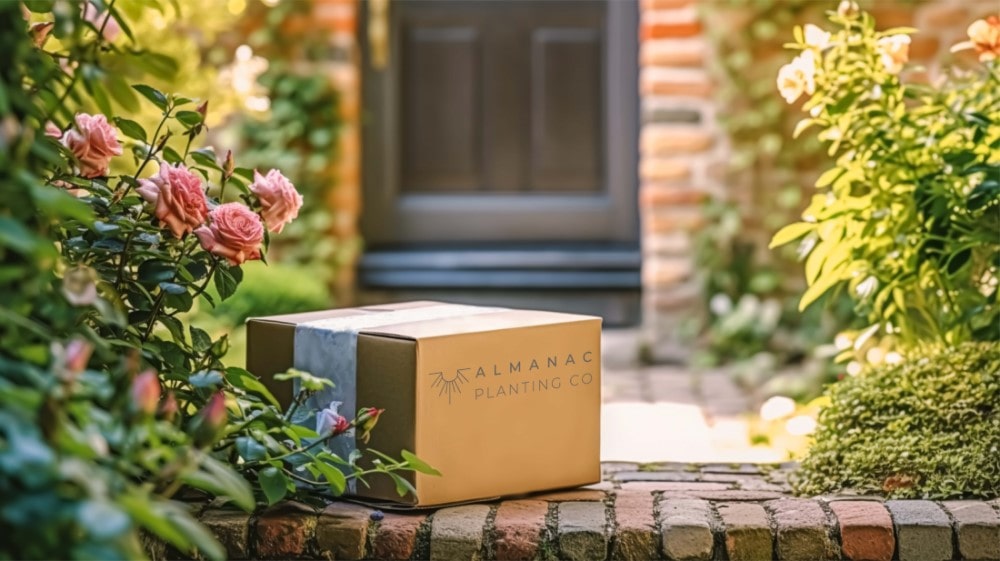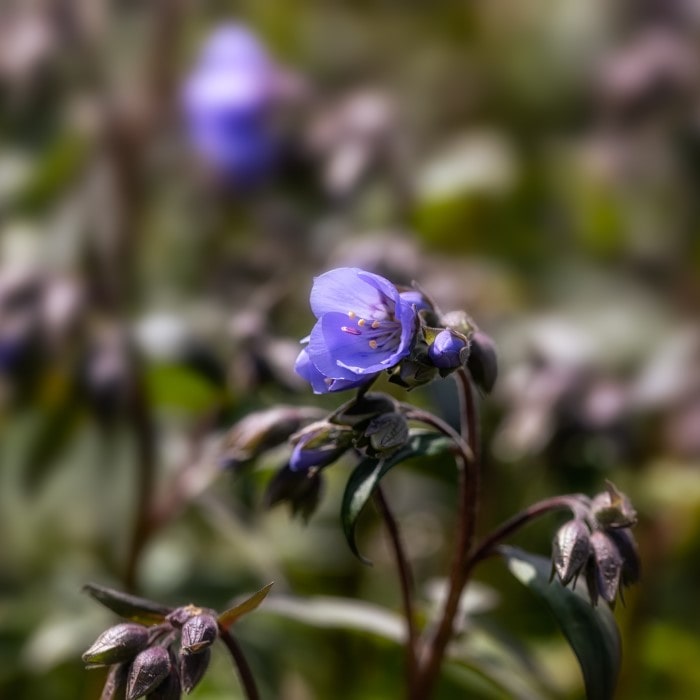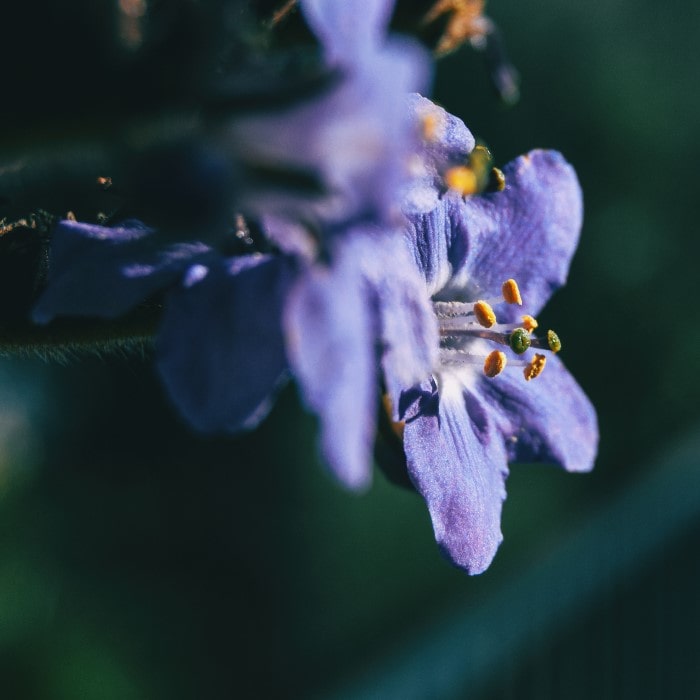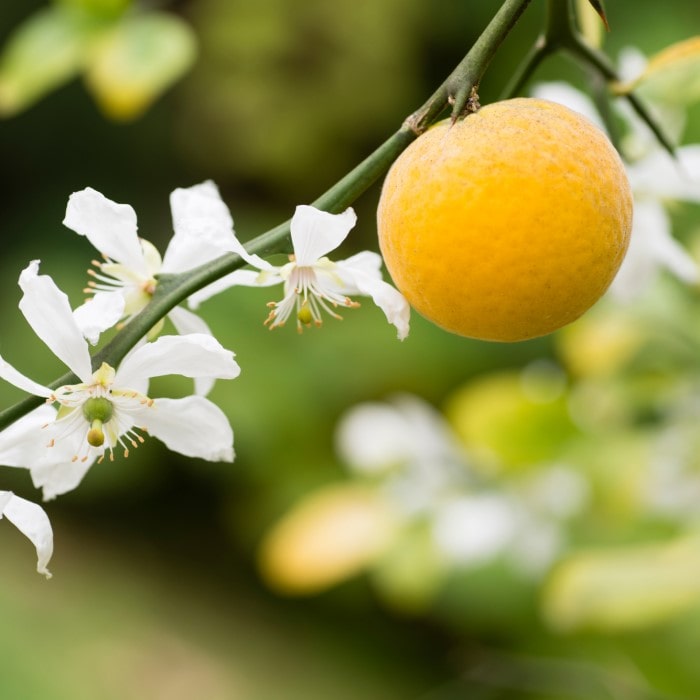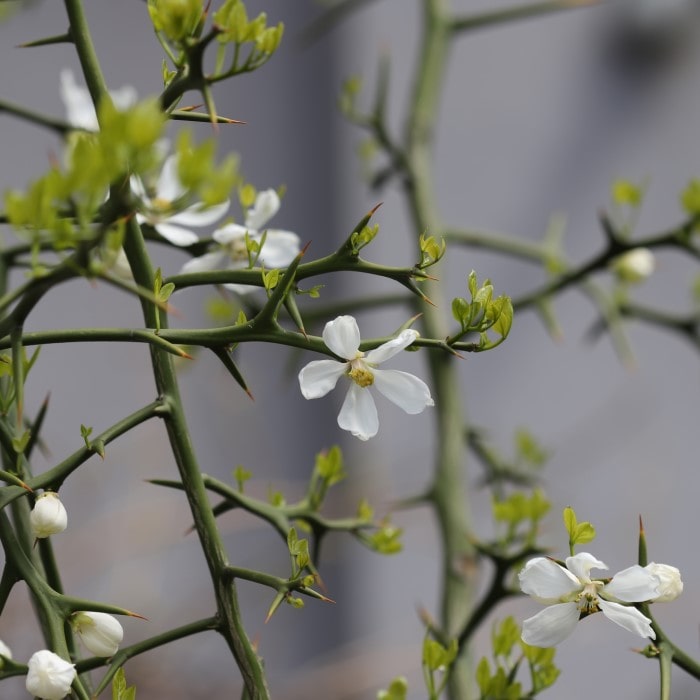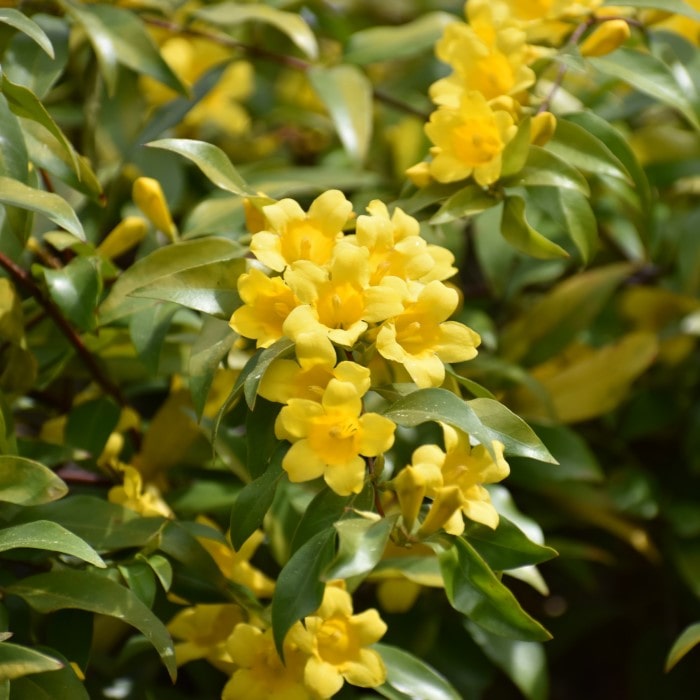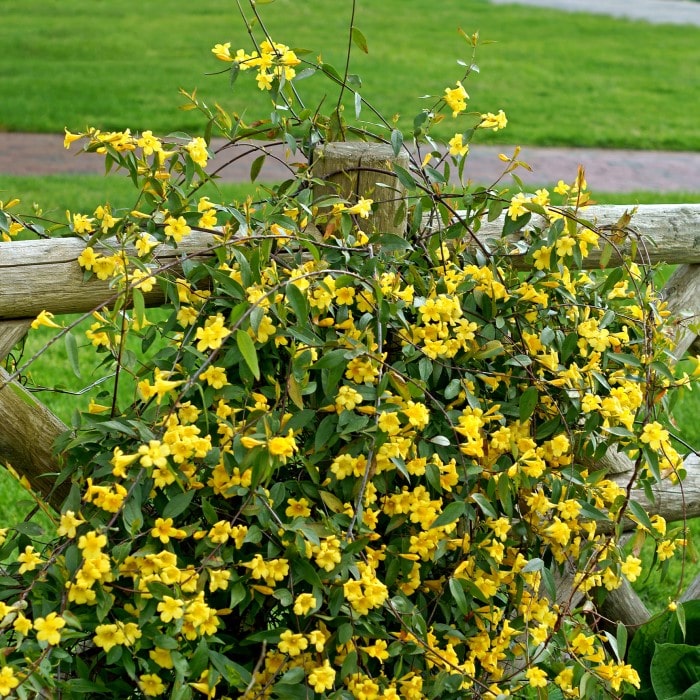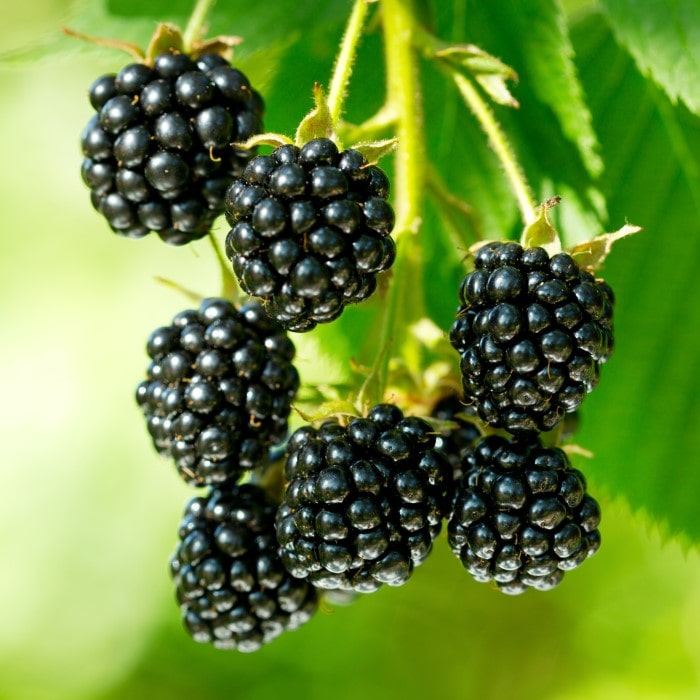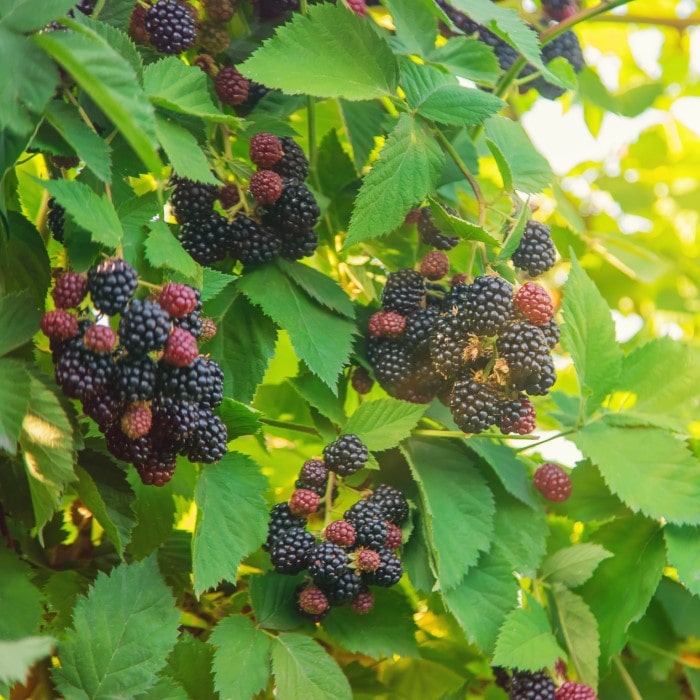Echinacea 'Cheyenne Spirit'
Overview
Uses: Pollinator gardens, perennial borders, cut flower gardens, and mass plantings.
Benefits: A vibrant, award-winning coneflower mix featuring blooms in shades of red, orange, yellow, cream, and purple. Drought-tolerant, long-blooming, and adored by bees, butterflies, and songbirds.
USDA Hardiness Zones: 4–9
Life Cycle: Hardy Perennial
Sun: Full Sun
Mature Height: 18" – 30"
Mature Width: 16" – 24"
Bloom Season: Summer through Fall
Growth Rate: Moderate
Summary
Echinacea ‘Cheyenne Spirit’ is a show-stopping, award-winning coneflower that dazzles with a mix of fiery and pastel tones — from bright coral-reds and golden yellows to magenta and creamy white. Each plant produces a unique color palette, ensuring no two are alike.
Known for its strong stems, excellent branching, and continuous blooms from summer to frost, this hardy perennial adds lasting vibrance to garden beds and borders. Low-maintenance and drought-tolerant once established, it’s as tough as it is beautiful.
Care
Echinacea ‘Cheyenne Spirit’ Care
Plant in full sun and well-drained soil. Once established, it thrives with minimal care and tolerates dry conditions.
Water regularly during establishment, then reduce frequency. Avoid heavy, waterlogged soils to prevent root rot.
Deadhead spent blooms to extend flowering, or leave seed heads in fall to feed birds and add winter interest.
Apply a balanced slow release fertilizer in early spring to promote strong growth and prolific blooms.
Size
Size of Echinacea ‘Cheyenne Spirit’ for Sale Online
Our Echinacea 'Cheyenne Spirit' plants are greenhouse-grown and shipped healthy and well-rooted in their nursery pots. Each plant will be appropriately sized for its container. For sizing questions, please contact us.
Size of Echinacea ‘Cheyenne Spirit’ When Fully Grown
Echinacea ‘Cheyenne Spirit’ typically reaches 18"–30" tall and 16"–24" wide, forming compact clumps of sturdy, colorful blooms.
Additional Information
Does Echinacea ‘Cheyenne Spirit’ attract pollinators?
Yes — it’s a magnet for bees, butterflies, and hummingbirds during the summer and fall blooming seasons.
Will birds eat the seed heads?
Yes — finches and other small songbirds love the dried seed heads, which provide food through late fall and winter.
Is it drought-tolerant?
Yes — once established, Echinacea is highly drought-tolerant and thrives even in poor soils.
Should I cut back Echinacea in winter?
In cold climates, leave the stems and seed heads standing for winter interest, then trim to the base in early spring before new growth emerges.
Can I grow Echinacea in containers?
Yes — choose a deep pot with good drainage and full sun exposure for best performance and flowering.




